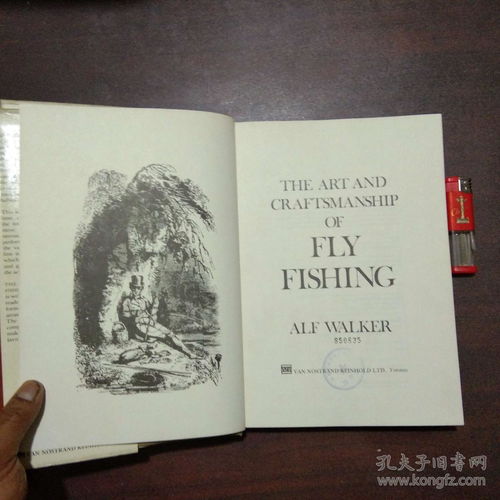
Content:
Introduction: Fishing for sea turtles, while a subject that might seem daunting at first, can be an incredibly rewarding experience. Sea turtles are fascinating creatures and catching them can provide a unique challenge to anglers. However, it's crucial to approach turtle fishing with respect for these protected species and with the knowledge of proper techniques. In this article, we'll delve into the art of turtle fishing, offering a step-by-step guide complete with tips and illustrated techniques to help you become a skilled turtle fisher.
Understanding Sea Turtles: Before we dive into the fishing techniques, it's important to have a basic understanding of sea turtles. There are seven species of sea turtles: green, leatherback, hawksbill, Kemp's ridley, olive ridley, flatback, and loggerhead. Each species has unique characteristics and habitats. It's essential to research the species you're targeting to understand their behavior and preferences.
Legal Considerations: Before attempting to fish for sea turtles, it's imperative to familiarize yourself with local and international laws and regulations. Many countries have strict regulations regarding the capture and handling of sea turtles due to their protected status. Make sure you have the necessary permits and follow all guidelines to ensure a legal and ethical fishing experience.
Choosing the Right Equipment: The equipment you use for turtle fishing can vary depending on the species and the method you choose. Here's a list of essential gear:
Rod and Reel: A heavy-duty spinning rod and reel are ideal for turtle fishing. The rod should be at least 7 feet long to allow for long casts and to provide leverage when fighting a large fish.
Line: Use 30-50 lb test monofilament line for most sea turtle species. This will provide enough strength to handle the resistance of a large turtle.
Bait: Turtles are opportunistic feeders and will take a variety of baits. Fresh fish, shrimp, squid, or even chicken parts can be effective.
Hook: A large, strong circle hook is recommended. This type of hook is less likely to injure the turtle and can be removed more easily.
Terminal Tackle: A strong swivel or clip can be used to attach the hook to the line, and a sliding sinker can help keep the bait at the desired depth.
Boat and Safety Gear: A stable boat and all necessary safety equipment, such as life jackets, are essential for a safe fishing trip.
Techniques for Catching Sea Turtles:
Baiting the Hook:
- Cut the bait into large, chunky pieces to ensure it remains on the hook and doesn't attract smaller fish.
- Thread the bait onto the hook, making sure it's secure but not too tight to prevent the turtle from easily removing it.
Casting:
- Position the boat in an area with a high likelihood of turtle presence, such as near mangroves, coral reefs, or seagrass beds.
- Cast the bait out into the water, aiming for an area with a good chance of turtle activity.
Waiting:
- Once the bait is in the water, wait patiently. Turtles are cautious and may take some time to approach the bait.
- Keep an eye on your line for any signs of movement or tension, which could indicate a turtle has taken the bait.
Hooking the Turtle:
- When you feel a bite, set the hook firmly but gently. Avoid yanking too hard, as this can injure the turtle or break your line.
- If the turtle is not hooked properly, give it a few minutes to see if it will take the bait again.
Fighting the Turtle:
- When fighting a turtle, it's important to maintain a safe distance to avoid injury to yourself or the turtle.
- Use the rod to guide the turtle away from the boat and other obstacles.
- If the turtle is particularly strong, consider using a net or a soft-pole to help land it.
Landing the Turtle:
- Once the turtle is close to the boat, carefully net it or use a soft-pole to guide it into the boat.
- Handle the turtle with care, avoiding any sudden movements that could cause injury.
Releasing the Turtle:
- After you've had a chance to observe the turtle, it's important to release it back into the water as quickly and gently as possible.
- Make sure the turtle is in a stable position before releasing it to minimize the risk of injury.
Conclusion: Turtle fishing is a unique and exciting endeavor that requires patience, respect, and the right techniques. By understanding the species you're targeting, following legal guidelines, and using the appropriate equipment, you can enjoy a successful and ethical fishing experience. Remember to always prioritize the well-being of the sea turtles and to minimize your impact on their natural habitats. With the right approach, turtle fishing can be a rewarding way to connect with these ancient creatures and their fascinating world.












